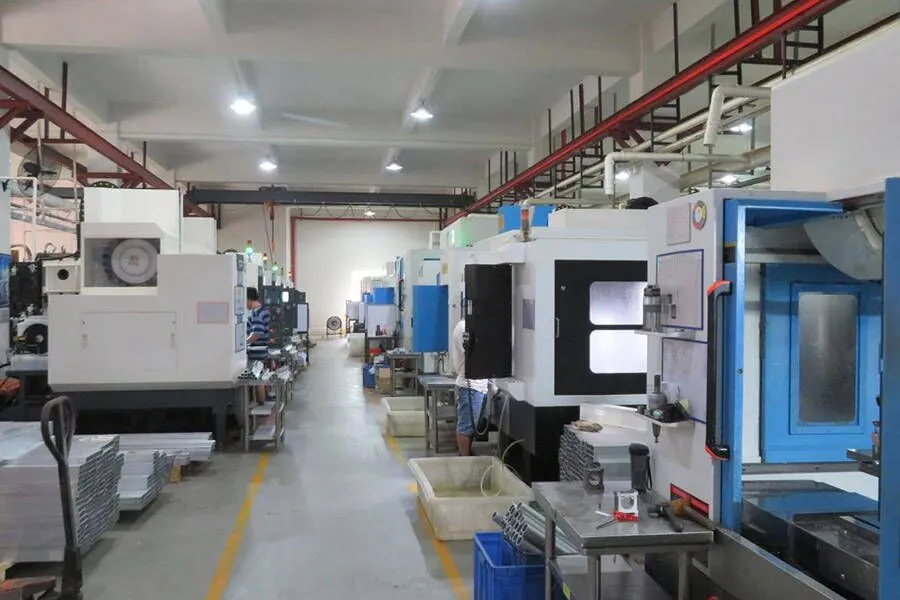5-axis CNC machining is very good to machine complex parts, but is it the best option to machine all parts? Definitely not. Here are some reasons.
CNC milling machines are classified by the number of axes they operate on, and these movements determine the part features that can be manufactured and also affect productivity and accuracy.
In general, the more degrees of freedom available, the more complex geometries that can be produced.
What is the difference between 3-axis, 4-axis and 5-axis? What are the advantages of each of them? Which products are they suitable for processing?
3-axis CNC machining
3 axis machining is a type of CNC (Computer Numerical Control) milling process that involves cutting and shaping materials in three dimensions using a vise or a fixture which holds the workpiece steady and a cutting tool that moves along three different axes, X, Y, and Z. This method is widely used for manufacturing parts for various industries as it is capable of creating complex shapes while providing high accuracy and precision. The cutting tool can move separately in each axis, allowing the machining process to create a wide range of geometries and cuts on the workpiece.
Three-axis can only process one surface at a time, which is suitable for processing some disc parts, which is a limitation for many parts that need to process holes or grooves on multiple surfaces.
4-axis CNC machining
4 axis machining refers to the process of cutting or shaping a workpiece using a machine with four programmable axes of movement. These axes can move the cutting tool vertically, horizontally, and in the circular direction, as well as rotate the workpiece around an axis. With 4 axis machining, complex shapes and angles can be achieved, making it ideal for creating intricate components such as gears, aerospace parts, and medical devices. The process is often used in CNC (computer numerical control) machines, which use a computer program to control the movements of the tool and workpiece.
Most 4-axis CNC machines also allow the workpiece to rotate, which is known as the b-axis, allowing the machine to function as both a mill and a lathe.
If you need to drill holes in the side of a part or on the curved surface of a cylinder, 4-axis CNC machining is the answer. It greatly speeds up the machining process and has high machining accuracy.
5-axis CNC machining
5-axis CNC machining is one more rotation axis on top of the 4-axis. Generally, the vertical surface is rotated 360°. The 5-axis can already be fully processed. It can realize one-time clamping, which can reduce the cost of clamping and reduce product scratches and bruises. .
5-axis CNC machining refers to the process of using a computer-controlled tool to carve or shape materials in five different directions or axes. This technology allows for greater precision and flexibility in manufacturing complex shapes and designs. CNC machines operate based on a digital design or model, which is programmed into the machine and used to guide the cutting tool. The five different axes of movement in 5-axis CNC machining include x, y, z, as well as rotations along the x-axis and y-axis. This type of machining is commonly used in aerospace, automotive, medical, and other industries where complex shapes and designs are required.
How to choose:
Although 5-axis has outstanding advantages compared with 4-axis and 3-axis, not all products are suitable for 5-axis processing, and those suitable for 3-axis processing are not necessarily suitable for 5-axis processing. 5-axis machining will not only increase the cost, but the effect is not necessarily good.

